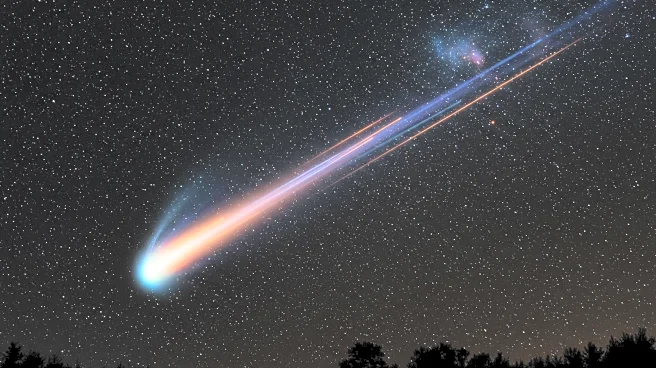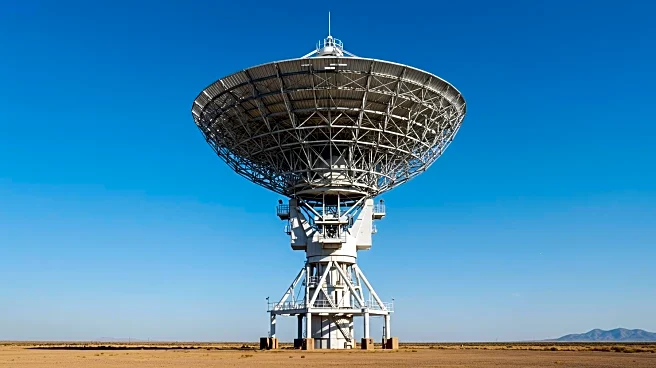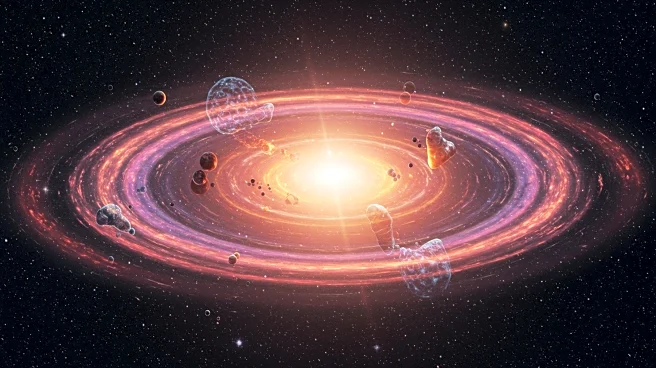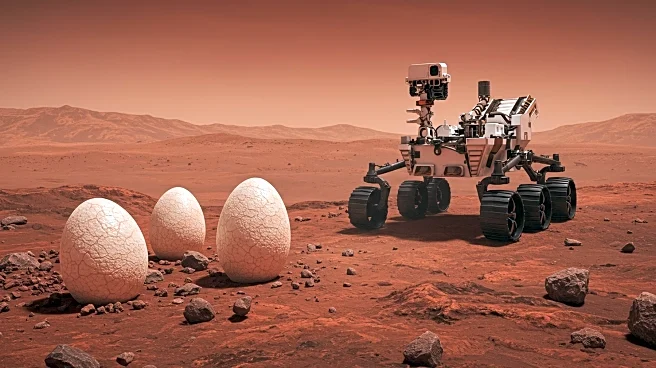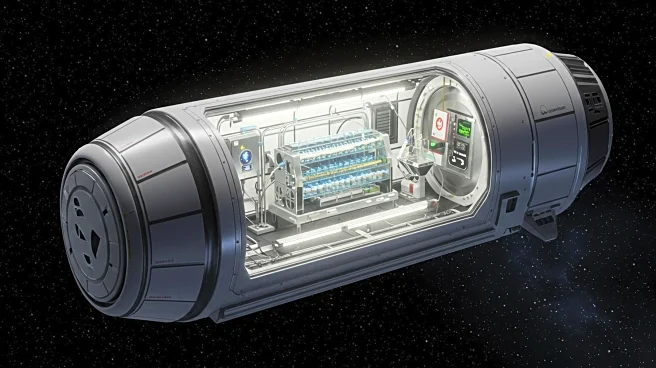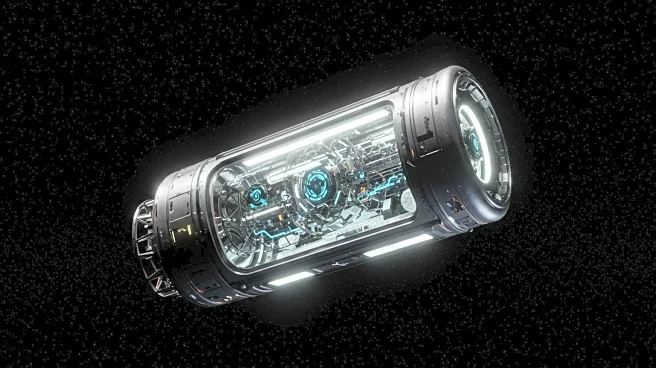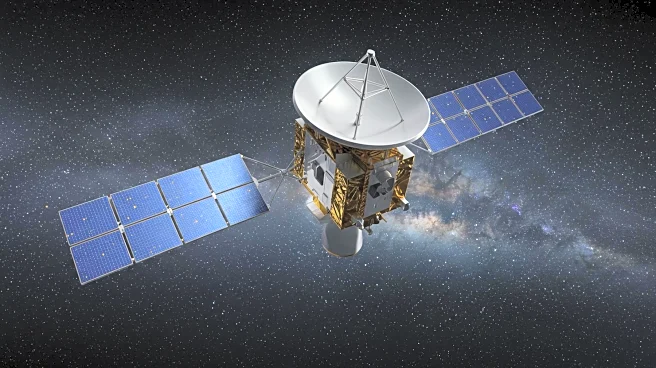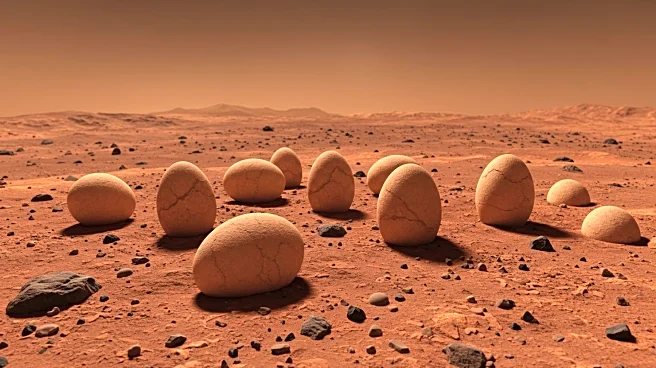Rapid Read • 7 min read
Researchers have discovered that the water in comet 12P/Pons-Brooks, also known as the 'Devil Comet,' is strikingly similar to Earth's water. This finding supports the theory that comets may have delivered water to Earth, contributing to the planet's habitability. The study, led by NASA molecular astrophysicist Martin Cordiner, utilized data from the Atacama Large Millimeter/submillimeter Array (ALMA) and NASA's Infrared Telescope Facility (IRTF) to analyze the deuterium-to-hydrogen (D/H) ratio in the comet's water. The results, published in Nature Astronomy, show that the isotopic signature of the comet's water is virtually indistinguishable from that of Earth's water, providing strong evidence for the cometary delivery theory.
AD
The discovery of water with a similar isotopic signature to Earth's in a Halley-type comet strengthens the hypothesis that comets played a crucial role in delivering water to Earth billions of years ago. This has significant implications for understanding the origins of Earth's water and the conditions that made the planet habitable. The findings challenge previous measurements that showed different D/H ratios in cometary water, which had cast doubt on the theory. This research could influence future studies on the role of comets in planetary formation and the evolution of life on Earth.
The study marks the first time a comet's water has been mapped in such detail, providing insights into the composition of cometary ices. By analyzing both ordinary and 'heavy' water, researchers can determine if these gases originate from the frozen ices within the comet's nucleus. This detailed mapping could lead to a better understanding of cometary chemistry and the processes involved in the formation of water in space.
AD
More Stories You Might Enjoy
